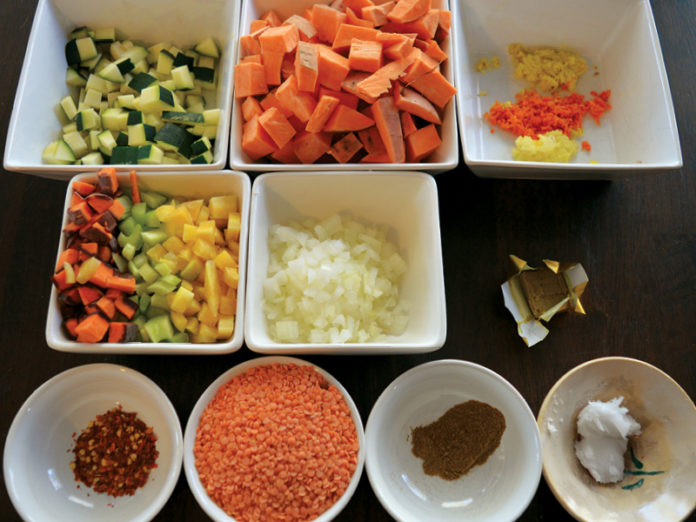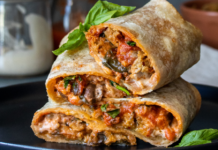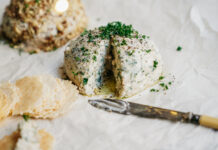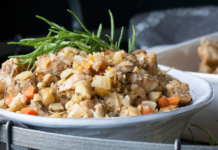
One-pot meals such as stews and soups made on a lazy winter afternoon can help you avoid the drive-through all the week and ensure you have nutrient dense, healing, anti-inflammatory food to support you post workout or workday.
When my one-pot meal is bubbling away on a Sunday afternoon, I’ll chop veggies, make a dip, a dressing and a few other essentials, like a protein or baked treat. This small investment of time, usually one to two hours, fills my fridge and freezer with food that ensures I will get through my week well nourished.
I’ll often double up my recipes and store them in single serving bags in the freezer. The keys to double batching your recipes are efficiency and organization. A one-pot meal requires many ingredients and missing one could alter flavour and nutrients.
Most soups or stews begin with base ingredients that consist of flavour builders such as onion and garlic. These allium family root vegetables contain high amounts of sulfur, a detoxifying and immune-boosting mineral. Onions and garlic can burn when cooked over high heat, which creates bitterness in your dish.
Cook onions slowly (for a few minutes at least) over medium-low heat in a fat such as coconut oil. Watch your temperature to ensure the onions turn translucent, not brown, as they cook. Add a bit of sea salt to bring out the onions’ natural sugars. Add garlic as the onions are close to being tender and translucent and sweat the garlic the same way (this should only take 30 seconds or so).
Healthful, whole fats are an important part of an anti-inflammatory lifestyle. But oil is a processed product and there are concerns around the quality of oils and how they affect the cardiovascular system. If you are choosing to reduce the amount of processed oil in your life, you can sauté your onions in vegetable broth instead. Use unsalted broth to ensure too much sodium doesn’t sneak into the recipe.
When you are cooking a one-pot meal, there is rarely an instance when you would boil a soup or stew for a long period of time. Cooking at extremely high heat kills essential nutrients and disperses flavour poorly. Allow your dish to begin to bubble over medium high heat, then turn your stove down, so the ingredients simmer away with a relaxed, gentle bubbling action.
Mise-en-place
(mi zã plas)
Prep your kitchen like a chef: Mise en place means everything in its place, ensuring your ingredients are cleaned, chopped and measured before you begin cooking. Have small bowls on hand near your stove to place your prepared ingredients in. Clean up as you go. Being well organized in the kitchen will save you time, energy, groceries and money.
- Gather your tools: A sharp chef knife, a cutting board, small bowls for ingredients, a pot and storage containers.
- Assemble ingredients: Read through your recipe and ensure you have what you need before it’s time to cook.
- Keep a clutter-free work surface and clean as you go.













